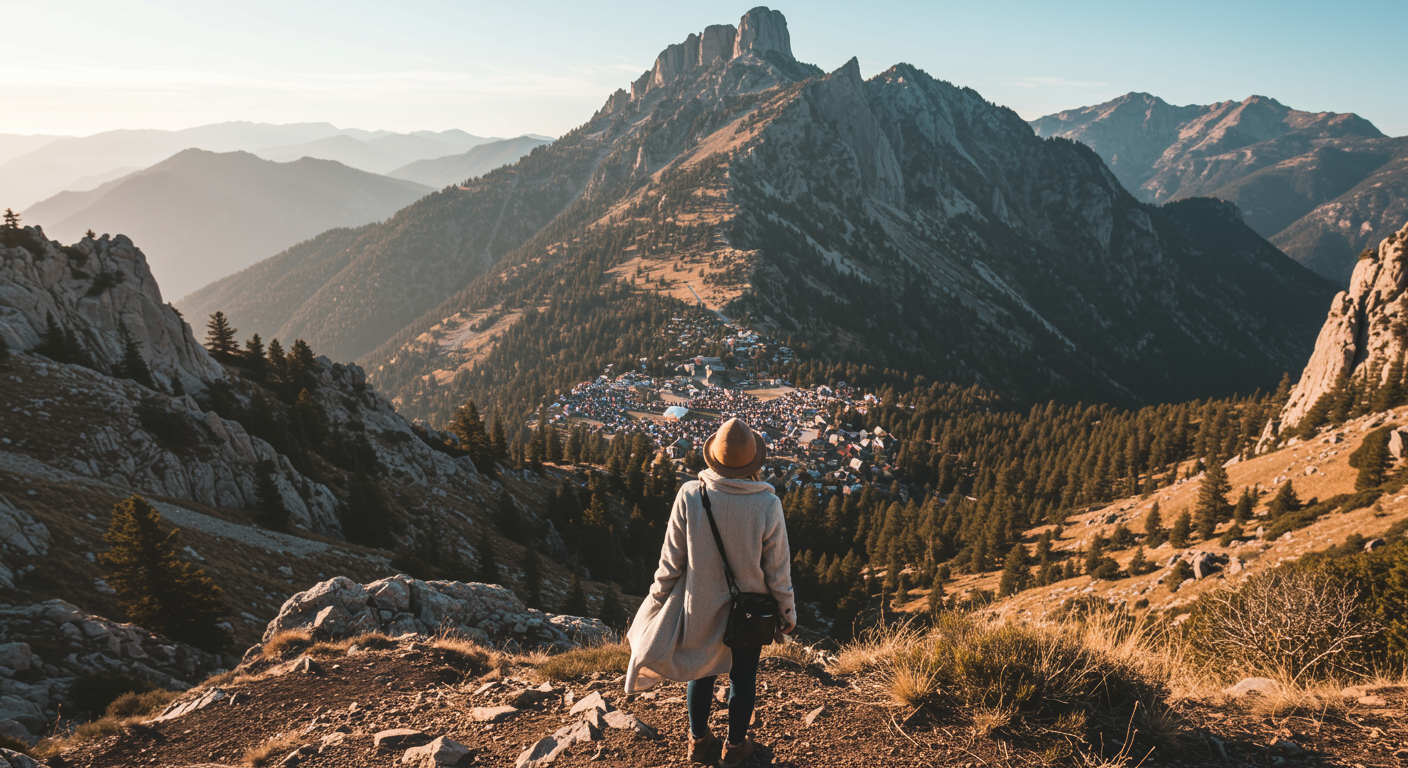The travel landscape has been irrevocably altered by the rise of the digital creator. Travel Influencers Impact and Authenticity have become central themes in how destinations are marketed, how experiences are consumed, and how the modern traveler plans their itinerary. These creators, wielding the power of high-resolution cameras and massive social media followings, act as digital gatekeepers and curators of global experiences. While their influence has democratized travel inspiration, it simultaneously raises critical questions about genuine representation, commercial transparency, and the pressure to conform to a visually perfect, often unrealistic, narrative.
The Transformative Impact on Destination Marketing and Perception
The shift in marketing power from traditional tourism boards and glossy magazines to individual creators is profound. Travel Influencers Impact and Authenticity are keenly felt by destinations eager to tap into hyper-targeted demographics and niche markets. An endorsement from a trusted influencer can lead to instantaneous, viral tourism, driving bookings and interest in previously unknown locales. This is particularly advantageous for niche or remote destinations that lack the budget for large-scale international campaigns. The influencer provides a human face and a relatable narrative, which often resonates more powerfully with consumers than official advertisements.
Furthermore, influencers have democratized the perception of travel by showcasing a wider range of experiences—from budget backpacking and solo female travel to eco-conscious journeys and digital nomad life—than traditional media typically covered. This diversity of content encourages a broader audience to see travel as an accessible and achievable goal. This powerful, word-of-mouth marketing, amplified by algorithms, has redefined aspirational travel, moving the focus from expensive luxury to unique, ‘Instagrammable’ experiences. This shift, however, brings its own set of ethical dilemmas regarding the preservation of the very places that become viral and experience overtourism.
The Authenticity Dilemma: Curation vs. Reality
The most significant scrutiny surrounding Travel Influencers Impact and Authenticity centers on the reality behind the polished photos and highly edited vlogs. The drive for engagement and algorithmic success often necessitates a visual perfection that can fundamentally misrepresent the actual travel experience. Destinations are often depicted as empty, serene, and flawlessly beautiful, when the reality involves crowds, logistical challenges, and the everyday messiness of travel. The pressure to maintain a perfectly curated feed frequently leads to staging experiences, resulting in content that is more fantasy than reportage.
This phenomenon is frequently termed “oversharing and over-curation.” The influencer, often operating under commercial pressures from sponsors (hotels, airlines, tourism boards), may feel compelled to present an idealized version of their trip, blurring the line between genuine recommendation and paid advertisement. This lack of transparency undermines the very “authenticity” that drew the audience in the first place. Travelers who follow these filtered guides often arrive with unrealistic expectations, leading to disappointment and contributing to the “mainstreaming” and subsequent cultural erosion of local spots. For a creator to maintain genuine influence and trust, they must navigate this complex landscape by prioritizing honest reviews, showcasing logistical challenges, and clearly labeling sponsored content, adhering to ethical standards of disclosure.
Ethical Responsibility and Sustainable Travel Advocacy
The ethical responsibility of influencers is becoming a paramount concern within the discussion of Travel Influencers Impact and Authenticity. When a single post can drive thousands of visitors to a fragile natural site, the resulting overcrowding and environmental damage can be severe. This phenomenon of “overtourism” is often a direct result of viral posts that fail to promote sustainable, respectful travel practices or educate the audience on the fragility of the location.
Responsible influencers are now actively shifting their focus. They emphasize supporting local businesses, respecting cultural norms, advocating for “leave no trace” principles, and promoting travel during off-peak seasons to distribute economic benefits more evenly across the calendar year. They leverage their platforms not just for inspiration, but for education, teaching their audience how to travel responsibly and minimizing their environmental footprint. The future success of the creator economy in travel hinges on this transition from mere promotion to mindful advocacy. Ultimately, the most impactful influencers are those who can achieve commercial success while using their platform to champion conservation and true local engagement, moving the conversation beyond the purely aesthetic and into the realm of responsible global citizenship.


